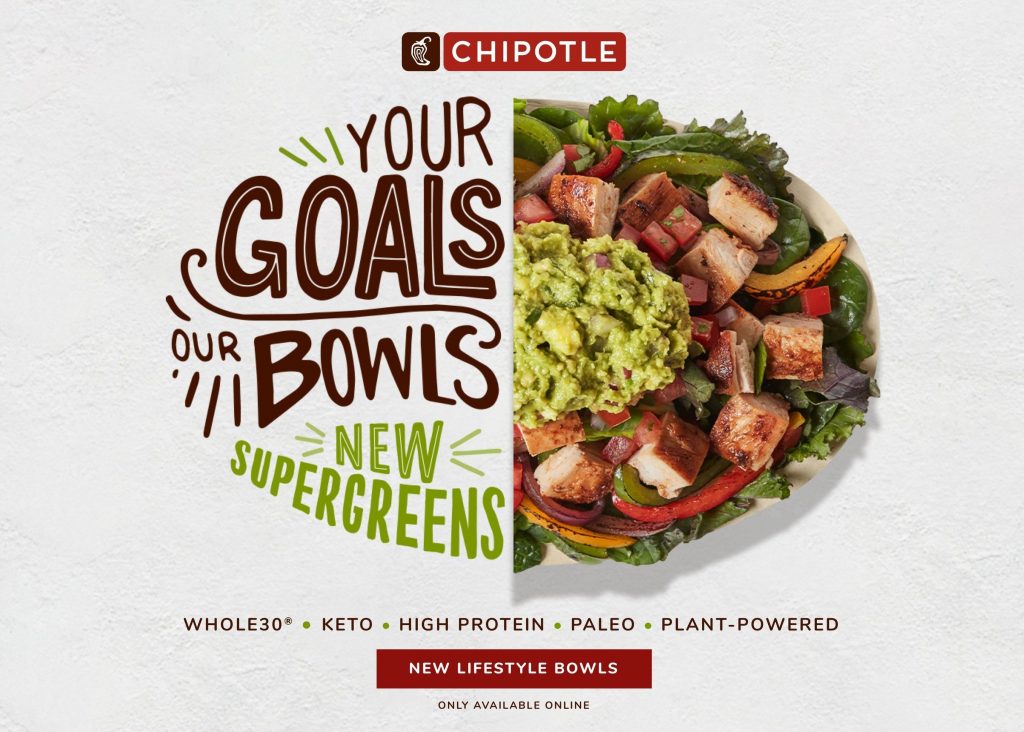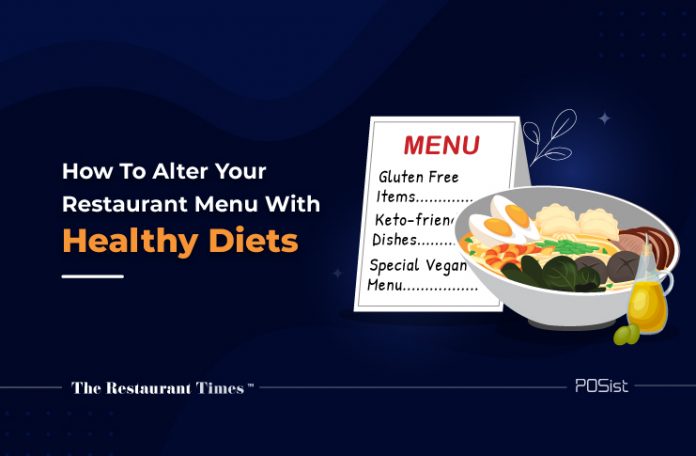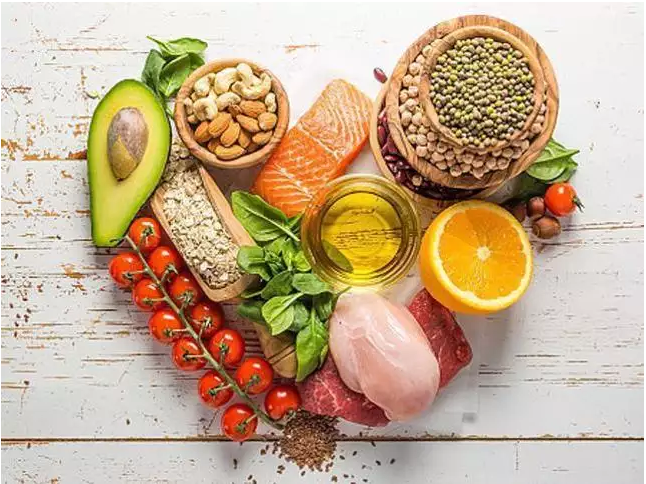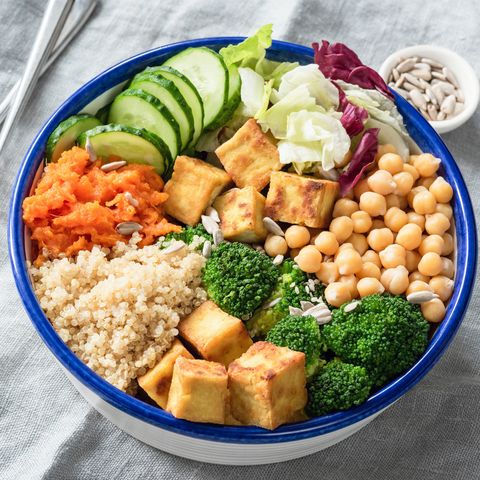The restaurant industry has witnessed a surge in changing consumer preferences toward a healthy lifestyle. As consumers are becoming health-conscious, restaurants are adapting to their shifting food preferences by innovating their menus with healthy food choices and accommodating alternative diets. The new wave of healthy food choices has given rise to a substantial number of health cafes catering to a large segment of diet-conscious consumers. According to a National Restaurant Association of India (NRAI) report, 73 percent of adults today prefer to eat healthy in restaurants and are concerned about their dietary intake. Therefore, restaurateurs must look for ways to adapt some of the most widely known alternative diets such as Vegan, Gluten-Free, Paleo, Keto, etc. in their menu and attract a broader segment of consumers.
Popular Diets And How To Accommodate Them In Your Restaurant Menu
From fast-food restaurant chains to cafes and cloud kitchens, the demand for particular diet alternatives is evident across the F&B industry. Certain diets focus on weight loss; some restrict the accumulation of fat while some consumers prefer simple diets like vegetarianism out of health and environmental concerns. Each diet responds to different needs but serves a common purpose- To promote a better and healthier lifestyle. Let’s look at some of the well-known special diets that can be accommodated on the menu of restaurants.
1. Paleo Diet
Paleo, one of the most popular alternative diets focuses on consuming whole and unprocessed foods in the day-to-day routine. It mainly includes fruits, non-starchy vegetables, nuts, lean meat, and is rich in protein. Paleo diet is strictly based on avoiding all packaged and processed foods, soft drinks, alcohol and also excludes the consumption of dairy products, processed oils, artificial sweeteners, and items like coffee and sugar.
2. Vegan Diet
An intricately modified version of the vegetarian diet, the vegan diet excludes all animal-related products. To promote the right to all animals to life, the vegan diet encourages consumers to choose food products that are healthier, sustainable, and cruelty-free. Along with restricting the consumption of meat, eggs, and dairy products, a vegan diet also abstains from using animal-derived food products such as honey, gelatin, and whey.
3. Low-Carb Diet
Low carb diets limit the intake of food items rich in carbohydrates such as rice, bread, pasta, sugar while emphasizing more on consuming food items like cheese, nuts, seeds, poultry, and meat that are rich in proteins and fats. Despite the many forms of the Low-Carb diet, the carb intake is limited to 20-130 grams per day.
4. Ketogenic Diet
Wikipedia defines the ketogenic diet as a high-fat, adequate-protein, and low-carbohydrate diet. The Keto diet has become quite a rage among weight-conscious consumers with many chains like Chipotle and Starbucks, introducing ketogenic food and beverages in their menu.
5. Gluten-Free Diet
Gluten, a type of protein found in all kinds of wheat, including semolina, rye, and barley, acts as a glue that binds and maintains the shape of food. Readily found in bread, pasta, pizza, and beer, gluten has adverse effects on an individual’s health and is strictly restricted for individuals suffering from Celiac or Crohn’s disease. A gluten-free diet excludes the consumption of wheat-based gluten food products while emphasizing on including meat, fish, fruit, vegetables, brown rice, oats, quinoa, etc.
How Can Restaurants Accommodate Alternative Diets In The Restaurant Menu
The widely known fast-casual restaurant chain, Chipotle, serves as a classic example of how to fulfill the expectations of customers with special diet demands and innovate the menu with alternative diet options.
The chain launched a new line of ‘Lifestyle Bowls’ to its menu that caters to the different dietary needs of consumers. The range offers Paleo, Keto, Plant-Powered, Whole30, and double protein bowl. Each ‘Lifestyle Bowl’ has been thoughtfully designed and adheres to dietary guidelines. The brand is also planning to add more plant-based options and is also focusing on offering unprocessed food like cauliflower rice and black beans.

Like Chipotle, restaurateurs can adopt simple measures to accommodate alternative diets in their menu. The potential of providing alternative diets in the restaurant menu is not just limited to capturing a wider audience. Furthermore, it will help restaurateurs gain the upper hand in capturing a niche that is yet to be filled.
Here are a few tips on how you can accommodate healthy diet alternatives in your restaurant menu.
Vegan Diet
Innovating the menu with vegan alternatives may seem complicated or expensive, but it is the easiest. Plant-based alternatives or soy-based food work as great meat replacements. Simply replace dairy products with ingredients like soy milk, almond milk, vegan cheese, and butter. Swap meat items with soya or vegetables like potatoes, eggplant or mushrooms.
Tofu can be an excellent substitute for scrambled eggs, and it’s mild flavor also makes it an excellent meat replacement. Substitute gelatin with vegetarian gelatin or agar powder which is a natural vegetarian gelatin counterpart. Instead of adding honey to your recipes, add maple syrup, corn syrup, or malt syrup.
Paleo Diet
To accommodate Paleo diet items on the menu, you can simply replace certain ingredients used in the preparation of dishes with many natural oils and substitutes. Replace potatoes with sweet potatoes or cassava. Paleo diet favors coconut oil, flaxseed or nut oils and even grapeseed oil instead of processed, refined oil.
In place of refined sugar, prepare the sweet delights with sweeteners like agave, maple syrup, or add dates to give a naturally sweet taste. Substitute dairy with almond, coconut, or cashew milk. Prepare dressings and sauces at the restaurant to provide a fresh, flavorful taste and strike a balance by using the right ingredients.
Gluten-Free Diet
With a variety of gluten-free alternatives available in the market, it is easy to accommodate gluten-free options in your restaurant’s menu. Use gluten-free flour instead of wheat-based flour for baking food items such as bread, pizza, cupcakes, etc. To maintain gluten-like texture in your food items, you can add ingredients like baking powder, cornstarch, baking soda, and small amounts of xanthan gum. Ensure that all the substitutions are free from gluten additives.
Adding a thick batter of egg white adds tenderness and enhances the food texture. Bakery chains can also offer gluten-free baked options to consumers by simply swapping wheat flour with gluten-free almond or hazelnut flour.
Ketogenic Diet
As Keto is a strict low carb, high-fat diet, restaurateurs can be creative in substituting the common ingredients with low carb and low sugar versions. For example, if you serve pizzas, sandwiches, or burgers, simply replace the crust or bun with a vegetable substitute. You can feature a cauliflower crust pizza or substitute the bread with lettuce wraps. Instead of adding teriyaki or BBQ sauce, opt for freshly prepared sugar-free sauces and condiments such as plain yogurt, mustard, salsa, creamy mushroom sauce, guacamole or mayonnaise. Offer sweet delicacies to the customers by filling the base with peanut butter or sugar-free sweeteners.
Take inspiration from these ideas to innovate your restaurant menu with healthy diets and win the hearts of your customers!



















